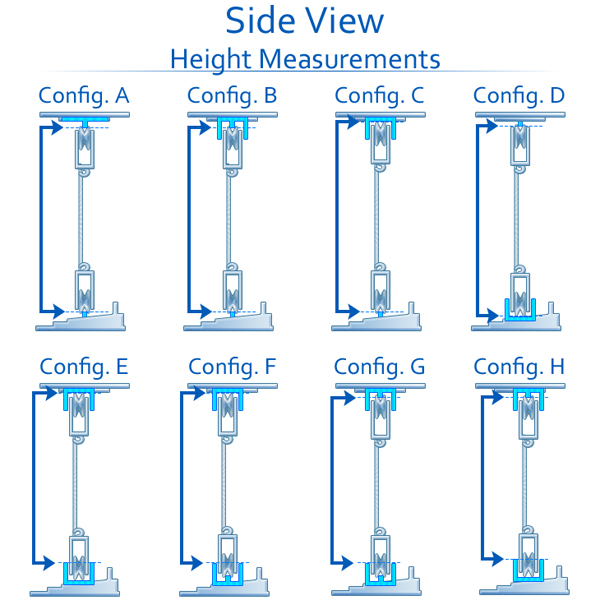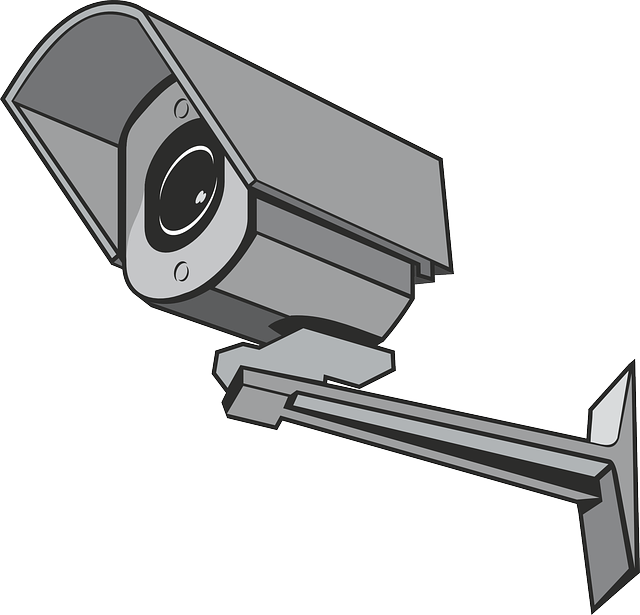
Cove offers the efficiency of a traditional security system for a fraction of the price. It offers 100% cellular communication, 24 hour backup battery, smash and grab protection, and 100% cellular connectivity. You will receive emergency notification via InstaText if the system detects that something is amiss. Depending on the plan you have, you may be capable of using voice commands or Alexa in order to control the system.
Cove's hub will be the only way you can control the system
The Cove system is controlled via a touch screen panel on the Cove Base Station, which is the central control center for the Cove system. It has controls for controlling volume, arming or disarming the system, viewing personal settings, adding sensors, and many other functions. The unit also has a backup battery to power the system for up to 24 hours.
The Cove system works with Amazon Alexa and Google Assistant. It allows users to arm and disarm the system using voice commands, but is limited in its functionality compared to other smart home products. It's a good option for homeowners who want basic security but not ready to upgrade to smart home functionality.
Plans include Alexa, Google Home voice control, and Google Home voice command
Cove security systems offer voice control integration to Alexa and Google Home voice-assistants. The system can also be controlled via Alexa or Google Home from anywhere. Alternately, you can create a hostage passcode which will alert the monitoring centre if the intruder attempts to disarm your system. Both systems are compatible with Amazon's Echo products and will integrate with Google Assistant and Alexa.

Cove security systems come in both pre-configured kits and built-yourself options. A base unit with touch-screen panels 7 inches in size is the basis of the Cove basic system. This device costs $184. The Cove security device is easy to install and to use.
Emergency contacts are notified via InstaText
In the event of a security emergency, Cove security systems send text messages to the emergency contacts you choose. This lets them respond to the emergency and dismiss the alarm, if applicable. The system allows emergency responders to contact you by entering a password. You can add emergency contacts to the Cove system without requiring a password.
Cove's security emergency response system is UL-listed and TMA Five Diamond Certified, with two hot-redundant locations. Cove's security alarm system offers two-way communication. In the event that the security system fails to reach the customer, the Cove staff will text the customer back to inquire if they can help. Once you respond, the Cove team members will send help to your home within 30 seconds.
Prices
Cove, a home security system, offers the same level of effectiveness as a traditional system but at a fraction price. It features 100% cellular communications, a backup battery and smash-and–grab protection. If anyone attempts to break into your home or steal your valuables, Cove will send an alert to the monitoring team.
Cove's basic system of protection is free. However, you will need to pay for monitoring during the first 36 months. Additional monitoring is available but you will have to pay upfront. A basic Cove security system is recommended. You will receive a basic Cove security system that includes motion sensors and door sensors. There is also an indoor camera for free. You can upgrade to more advanced security equipment as you need it.

Customer service
Cove Security offers 60 days risk-free testing for their home alarm systems. If you aren't satisfied with your security system you can return it within the specified time frame to receive a full reimbursement. The company will also pay for shipping costs. This is far more generous than security companies who offer a 30-day refund guarantee.
Cove customer service representatives are available 24 hours a day via email and phone. Chat with customer service representatives online between 10:00 AM and 6:00 PM Eastern Standard Time. If you are unsure about how to install your Cove security system, the company also provides online video tutorials to help you set up your new system.
FAQ
Which Home Security Systems can't be hacked
The definition of hacking is key to the answer. Hacking is the unauthorised access to computer networks or systems. The majority of home security systems are not vulnerable to hacking because they do have software that allows others to remotely control them. They won't let anyone enter your home without permission.
However, some home security systems can be hacked if they are connected to the Internet. These systems are usually protected by a password. Someone can hack them if the password is correct.
How do I choose between different types of home security systems?
Consider the threats in your neighborhood. A burglary alarm might be necessary if you live in a high-crime area. You might not need as many security measures if you live in a rural location with few burglaries.
You should also think about whether you're willing to pay for extra features. Some systems come with built-in cameras while others don’t. Some systems let you remotely monitor your house, while others require you being physically present to view the footage.
What is the best system for home surveillance?
Home security systems with cameras are a great way to protect your family. These systems are easy to use and they provide great benefits for both homeowners and renters. They allow you to monitor your home remotely from any smartphone, tablet, laptop, or other mobile device.
Can I set up a security camera myself?
Yes! If you know how to install an alarm system, you can do it yourself. If you don't want to do it yourself, then hire an expert who will be able to help you install it properly.
Statistics
- Depending on your insurance, 24/7 professional monitoring may qualify you for as much as 15% off your premium. (safewise.com)
- That's probably why Cove has a whopping 98%* customer retention rate. (safewise.com)
- (In my experience, the discount on my home insurance covered about 25 percent of the subscription of an average plan, but your mileage may vary depending on your location and the size of your home.) (theverge.com)
- Depending on your insurance, 24/7 professional monitoring may qualify you for as much as 15% off your premium. (safewise.com)
External Links
How To
How to Install A Home Security System
A home security system is a device that monitors your property and alerts you if there's any activity. It could consist of a motion sensor and doorbell camera as well as smoke detector, smoke detectors fire alarm, flood alerts, carbon monoxide detectors and burglar alarms. A home security system is usually composed of one or several sensors (e.g. motion detectors), that send signals when there's movement or sound. The signals are then sent to a control panel where they're monitored and recorded. If there's something wrong, like someone breaking into your house, the control panel sends out an alert to your phone, tablet, computer, or voice assistant. You'll know what's going on and can take action immediately.
It is important to choose the right type and size of sensors to fit your home before installing a security system. There are two main types. Active and passive sensors. Passive sensors do not require batteries. They simply pick up sounds and vibrations around them. They include things like doorbells, sirens, and buzzers. Active sensors use electricity to transmit data. Examples of such sensors include cameras and motion sensor.
There are many different brands of sensors available today. Each brand has their own pros and cons. Some sensors can withstand extreme weather conditions, while others cannot. Some sensors have built-in speakers, so they can be heard even when you're not outside. Others only work inside. Some of these are very basic, while others have advanced features such night vision.
After you have decided on the best sensors for your property's needs, you will need to choose a manufacturer. This will help ensure that your sensors work well together. The hardware store should offer many choices.
Once you have selected a brand of sensor, you need to decide the number you wish to buy. Depending on whether you live alone or with your family, most people will start with just one or two sensors. You might want to buy more sensors if you intend on adding them later.
Next, consider where you want to put your sensors. Do you want them near windows and doors? Are they best kept hidden? Before placing them on your property, get permission. You should also ensure that they don't interfere with electrical outlets or other property features.
Once you have determined where your sensors should be placed, you will need to find a way to connect them with your control panel. You might need a power adapter for your setup. Once everything is setup, you will be able to monitor your property.